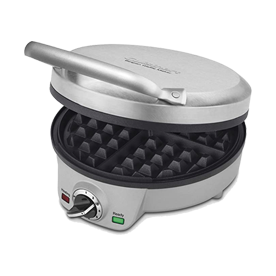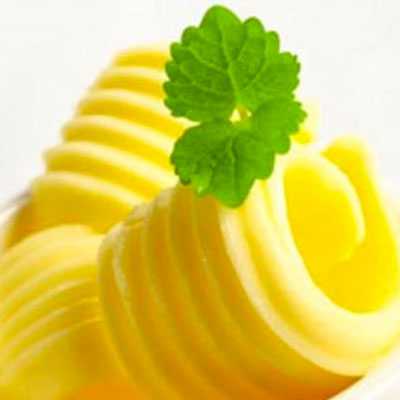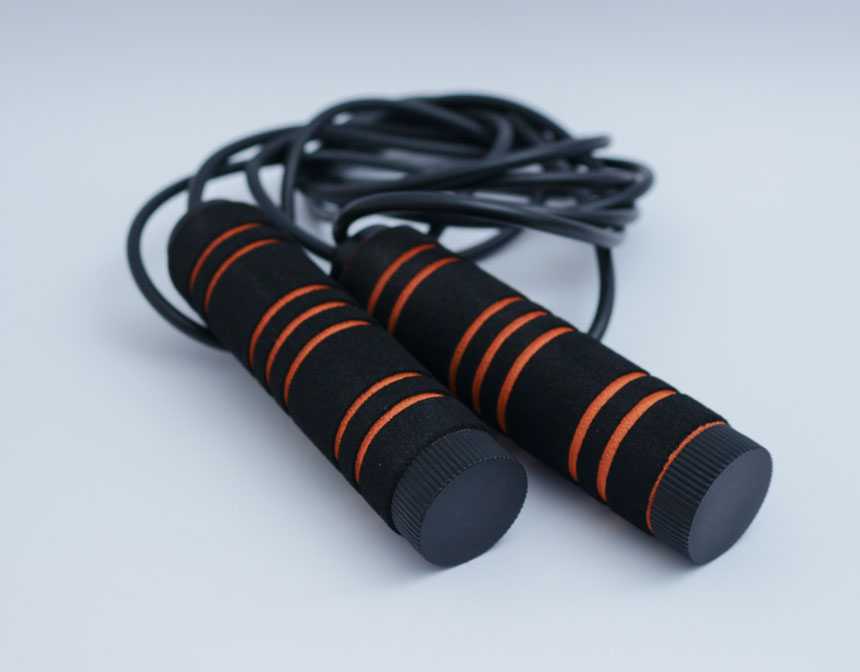History of Waffles
The history of waffles is steeped in a rich European tradition, with the Belgian waffle being one of the most renowned iterations of this beloved dish. The Belgian buttermilk waffles recipe specifically offers a delightful twist with its use of buttermilk, which introduces a pleasant tanginess and results in a tender texture. This variant of the waffle became popular for its deeper pockets and larger size, ideal for holding pools of syrup and butter, or heaps of fresh fruit and whipped cream.
In crafting these waffles, you're not just whipping up a quick breakfast; you're creating a culinary experience. The charm of the best buttermilk waffle recipe lies in its simplicity and the joy it brings to those who partake in its golden, fluffy goodness. Whether you're serving them up for a weekend brunch or a special weekday treat, these buttermilk waffles are sure to transport you and your loved ones to the cobblestone streets of Belgium with just one bite.
What's The Difference Between Belgian Waffles And Buttermilk Waffles?
Belgian waffles and buttermilk waffles, while both delightful, have distinct differences in their ingredients, texture, and appearance:
Belgian Waffles:
- Texture and Appearance: Belgian waffles are often larger, with deeper pockets or grids. This characteristic is due to the waffle iron used, which is specifically designed to produce a thicker waffle.
- Batter: The batter for Belgian waffles typically includes beaten egg whites or yeast, which contributes to their light and fluffy interior.
- Flavor: They can be made with buttermilk or regular milk, but the key is often the inclusion of yeast or whipped egg whites, which give these waffles a slightly sweet and airy texture.
- Serving: Belgian waffles are commonly served with whipped cream, fruit, chocolate, and syrups, making them a popular choice for a decadent breakfast or dessert.
Buttermilk Waffles:
- Texture and Appearance: Buttermilk waffles tend to have a more traditional waffle appearance with shallower pockets. They can be made in any standard waffle iron.
- Batter: The inclusion of buttermilk in the batter is essential, as it reacts with the leavening agents to create a tender crumb and a slight tanginess in the flavor.
- Flavor: The tangy taste of buttermilk is the standout feature of these waffles, offering a rich and nuanced flavor profile.
- Serving: Buttermilk waffles are often served as a hearty breakfast option, topped with butter, maple syrup, or fruit.
What Is The Difference Between A Pancake And A Waffle?
Pancakes and waffles are both popular breakfast items, but they have several distinct differences:
Batter Composition:
- Pancake: Typically, pancake batter is made from a simple mix of flour, baking powder, salt, sugar, milk, eggs, and melted butter or oil. The batter is fairly thin and runny, allowing it to spread into a round shape when poured onto a griddle or pan.
- Waffle: Waffle batter contains more fat (usually butter) and sugar than pancake batter, which contributes to a crispier exterior. It may also have a leavening agent like baking powder or beaten egg whites to make it lighter and fluffier.
Cooking Method:
- Pancake: Pancakes are cooked on a smooth, flat griddle or frying pan. They are flipped part way through cooking to ensure both sides are golden brown and cooked evenly.
- Waffle: Waffles are cooked in a waffle iron, which has a distinctive grid pattern. The iron cooks the waffle on both sides at once and gives it its characteristic deep pockets.
Texture and Taste:
- Pancake: Pancakes are generally soft with a slightly chewy texture. They have a relatively even surface which browns during cooking.
- Waffle: Waffles are known for being crispy on the outside due to the higher sugar and butter content, while remaining fluffy and light on the inside. The pockets created by the waffle iron not only add texture but also help to hold toppings like syrup and butter.
Serving and Toppings:
- Pancake: Pancakes are typically stacked and served with toppings like maple syrup, fruit, whipped cream, or butter.
- Waffle: Waffles, with their pockets, are ideal for holding more liquid toppings and can be served with the same toppings as pancakes, though they often end up being more decorative due to the grid pattern.
Versatility:
- Pancake: Pancakes can easily be adapted to include additional ingredients like blueberries, chocolate chips, or nuts mixed into the batter.
- Waffle: Waffles can also be customized, but due to their thicker texture, they lend themselves well to more substantial add-ins and toppings.
Despite these differences, both pancakes and waffles are beloved for their comforting flavors and versatility. Whether you prefer the smooth softness of a pancake or the crisp edges and pockets of a waffle often comes down to personal preference and the occasion.
What To Serve with Buttermilk Waffles?
Buttermilk waffles are a versatile breakfast treat that pairs well with a variety of toppings and sides.
Here are our delicious recipes that you can serve with Buttermilk Waffles:
How To Store Buttermilk Waffles?
Storing buttermilk waffles properly ensures they retain their texture and flavor for when you’re ready to enjoy them again. Here's the best way to keep them fresh:
Storing at Room Temperature:
- Cool Completely: Allow the waffles to cool to room temperature on a wire rack to prevent steam from making them soggy.
- Separate with Parchment Paper: If stacking, place a sheet of parchment paper between each waffle to prevent sticking.
- Airtight Container: Store them in an airtight container at room temperature for up to 2 days.
Refrigerating:
- Cool First: As with room temperature storage, let the waffles cool completely before refrigerating.
- Wrap Tightly: Wrap each waffle individually in plastic wrap or aluminum foil to protect against moisture and odors in the fridge.
- Consume Within a Week: Refrigerated waffles should be eaten within a week for the best quality.
Freezing:
- Flash Freeze: Place the cooled waffles in a single layer on a baking sheet and freeze for about an hour, or until solid. This prevents them from freezing together.
- Wrap and Bag: After flash freezing, wrap the waffles individually in plastic wrap and then place them in a resealable freezer bag or an airtight container.
- Freeze Up to 3 Months: Properly stored, frozen waffles can last up to three months.
Reheating:
- Toaster or Oven: To bring back the waffles' original crispiness, reheat them in a toaster or an oven preheated to 350°F until they are warm and crisp. This method works whether they're coming from room temperature, the fridge, or the freezer.
- Microwave: For a softer waffle, you can use the microwave to reheat, but this method won't retain the crispiness.
By storing your buttermilk waffles correctly, you can extend their shelf life and enjoy them as a quick breakfast, snack, or dessert option whenever the craving strikes.















































